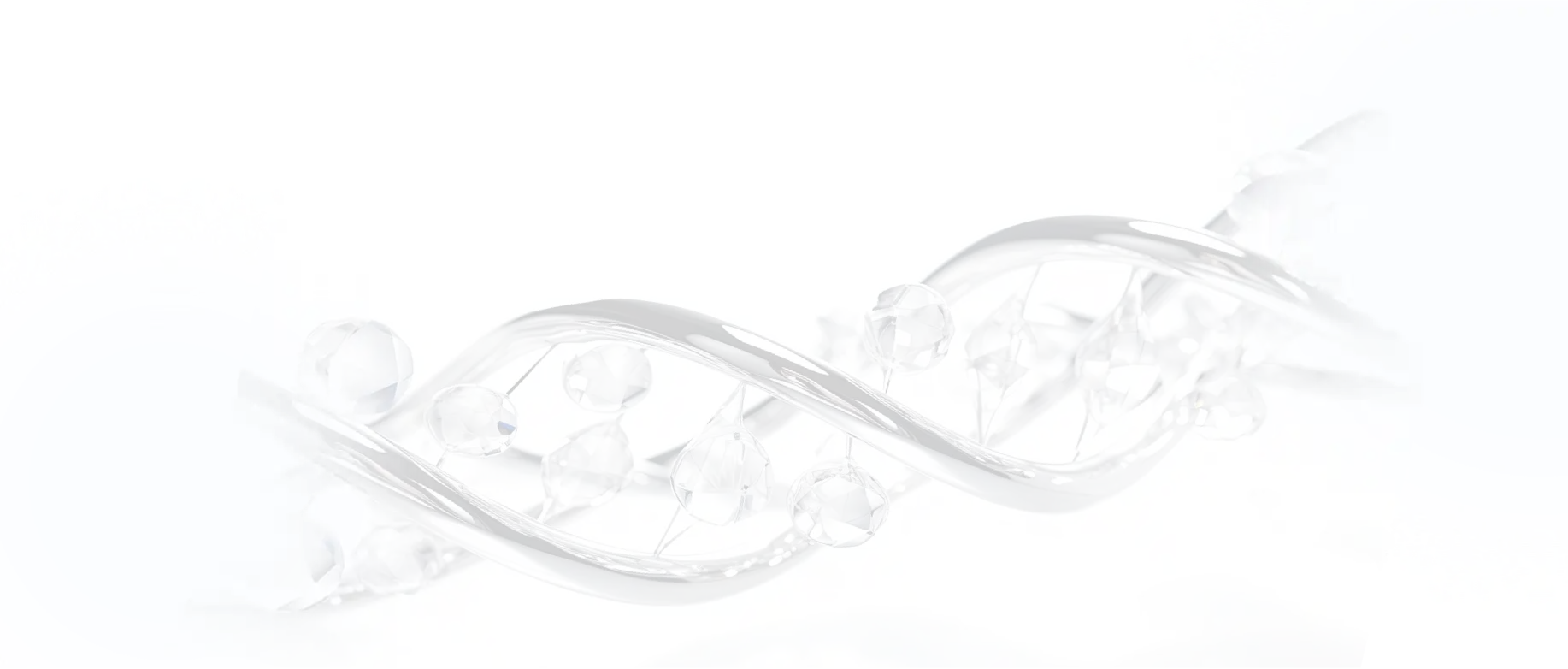Neural Regeneration Compound Library
Catalog No. L7700
It is well known that neurological diseases that affect the brain or other components of the central nervous system are among the most devastating and complex conditions plaguing mankind today. For thousands of years, damage to the adult central nervous system (CNS) in humans has been regarded as an 'ailment which cannot be treated'. In the adult mammalian CNS, most injured axons do not regenerate, reflecting a major hurdle for functional recovery after trauma. Numerous efforts over more than a century have been devoted to uncover the underlying mechanisms of regeneration failure. The discovery of neural and glial precursor cells in the adult brain and their ability to grow after injury trumped this assumption. However, in most cases, only small numbers of injured CNS axons can regenerate, consistent with the idea that lack of regeneration in the adult CNS is an intrinsic property of the injured neurons. Therefore, a major challenge has been to define the underlying cellular and molecular mechanisms that determine neuronal intrinsic regenerative ability, with the goal to construct a foundation for designing therapeutic neural repair strategies.
Many signaling pathways (including Ras homolog gene/Rho-associated coiled coil-forming protein kinase (Rho-ROCK), Notch, MAPK, Wnt/β-catenin, mTOR, and ephephrin) participate in and affect repair or regeneration of neurons and axons in the central nervous system. The cyclic adenosine monophosphate-protein kinase A (cAMP-PKA) and Rho-ROCK signaling pathways are key signal transduction pathways for regulating neural and axonal regeneration.
TargetMol collects 524 compounds related to neuroregeneration as Neuroregeneration Compound Library, which can be used for screening of drugs that promote axonal growth and regeneration.
All products from TargetMol are for Research Use Only. Not for Human or Veterinary or Therapeutic Use.
Resource Download
Library compound info
Excel
SDF
Contact us for more batch information Your shopping cart is currently empty
Your shopping cart is currently empty




